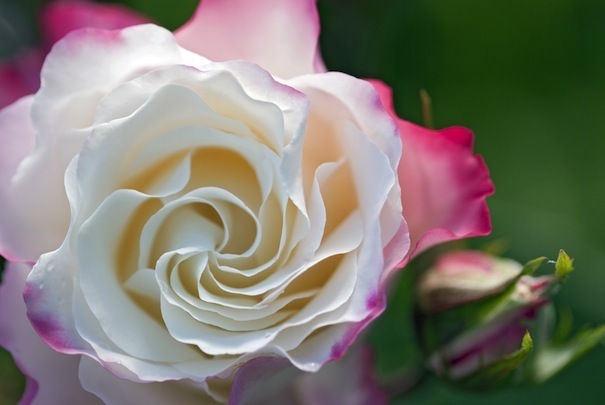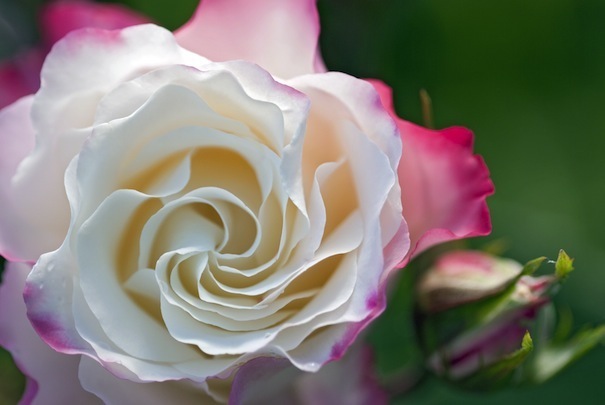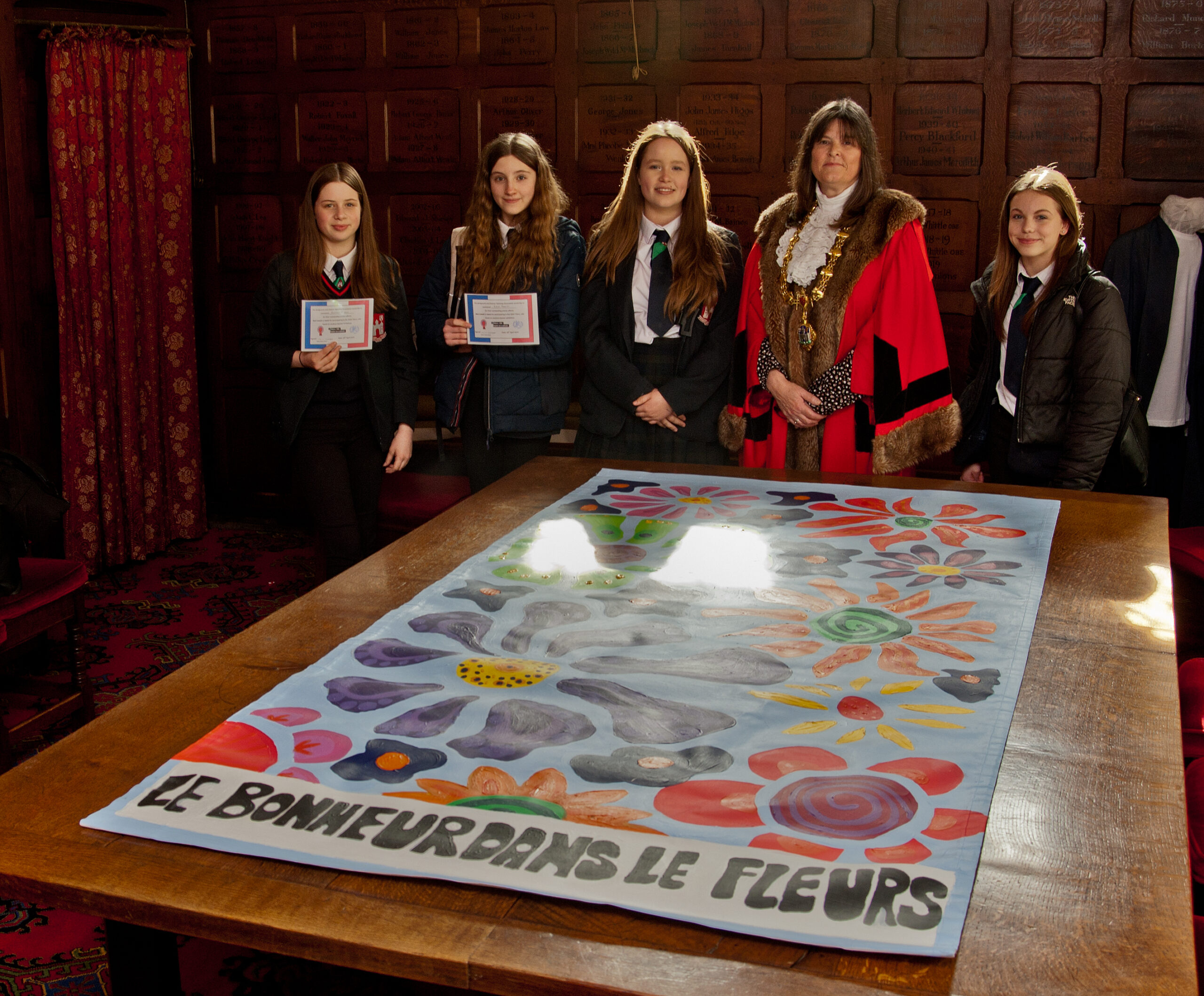Late bloomers..
As we moved through the first few days of June, the weather improved dramatically and the sun shone at last. For every day the sun shines, plants are catching up on the late season and hopefully things will be soon more or less back on track.
There’s always something available at garden centres and nurseries to add instant colour and fill in empty gaps. More mature plants – geraniums, cosmos, New Guinea impatiens and other flowering plants – will flower throughout the summer months. Dead head your baskets, tubs and herbaceous borders regularly to keep plants producing new flowers all summer.
Tubs and baskets need watering daily if the weather’s dry, preferably first thing in the morning or in the evening to avoid scorching leaves. Remember to liquid feed weekly. Even if you’re using compost which contains slow release fertilizer, they’ll still benefit from a bit of liquid feeding.
Holiday watering
If you’re going away on holiday, it’s advisable to get someone to water your tubs and baskets for you. Indoor plants can be stood on capillary matting – the other end is put into a container full of water and the plants will take up the water as they need it. Make sure you thoroughly wet the matting first. Tomatoes and cucumbers need water regularly during hot weather – again, preferably in the morning – this keeps the atmosphere humid and prevents the plants staying damp overnight, which can cause problems with grey mold or botrytis.
You can still plant herbaceous plants now; many will flower through the summer and into autumn during their first year. Stake and tie in taller herbaceous plants before they get too tall and floppy to manage. Dead heading as flowers finish will often encourage a plant to produce another flourish of blooms after the main flowers have finished. Make the most of a warm sunny day and pull or hoe up any weeds still lurking in your borders.
Healthy roses
Keep roses in good condition by spraying every 10 days with sprays such as Roseclear or Multirose. This will keep aphids under control as well as dealing with powdery mildew and black spot. Woolly aphid, a pest of fruit trees, is becoming more and more common. It appears as fluffy white cotton wool-like patches on fruit tree stems and ornamental trees. The insect is hidden under the fluff and sucks the sap from stems. You may want to use Provado Ultimate Bug Killer RTU, but follow the directions carefully. This product can also be used to control a whole host of pests including aphids, lily beetles and whitefly.
Watch out for signs of leatherjackets on lawns as they cause irregular brown patches and loose areas of turf. Leatherjackets are the pupae of the crane fly (better known as daddy long legs); once the fly hatches out, it lays its eggs within 24 hours and the larvae, or grubs, hatch out approx 14 days later. Grubs are dark grey, brown and legless. These can appear from mid-August to the end of September. The presence of starlings and thrushes on the lawn can often indicate grubs in the ground.
Salad days
Once tomato plants are as tall as you require them, cut out the main shoot, one leaf above the last truss of fruit you want. Keep sowing salad crops such as lettuce, endive, spinach and radish in the veg patch to get a continuous harvest. Use very fine netting to protect cabbages, cauliflowers, carrots and other particularly susceptible vegetables against flies, pigeons and butterflies.
For a crop of new potatoes in October, or even Christmas, plant seed potatoes in tubs in July and August. Growth will finish in October, but leave the tubers in their pots until required for cooking. Remember, they’ll need frost protection once the frosts appear in November and December.
It seems only five minutes since the spring bulbs were in flower, but they’ll be appearing in garden centres from the end of August! If you want hyacinths in flower for Christmas, they must be planted and put into a dark cool place in September. Most varieties require an 8-10 week cool period followed by 2-3 weeks of warmer conditions to bring them into flower. Use a compost specifically for bulbs as it will contain charcoal to keep the soil sweet.
This months gardening tips were provided by Ann Winwood of Lealans Garden Centre, Shipley.







